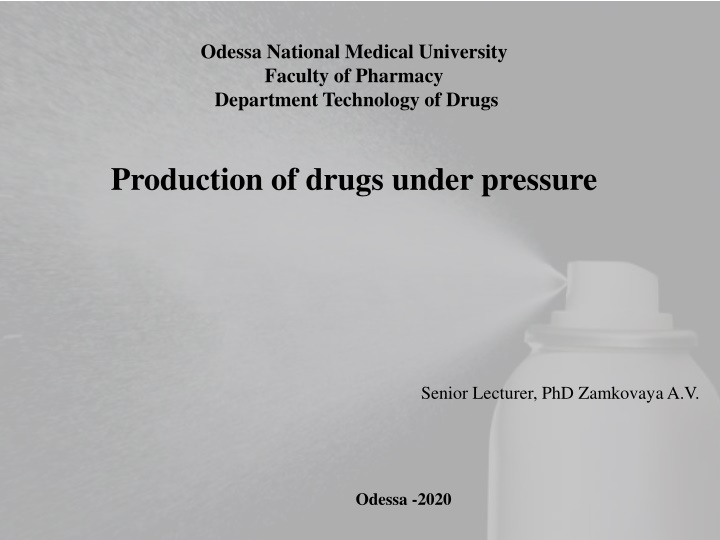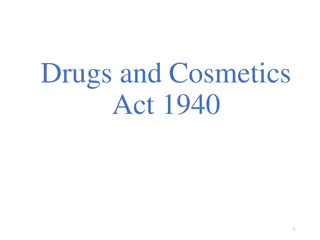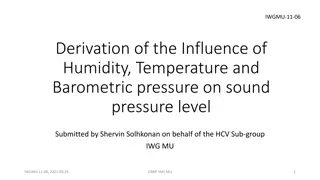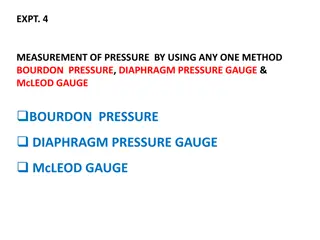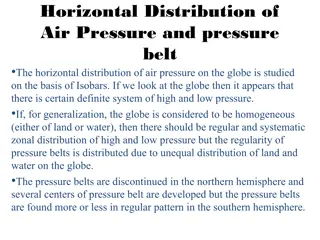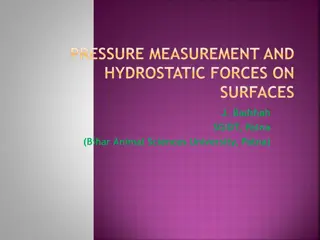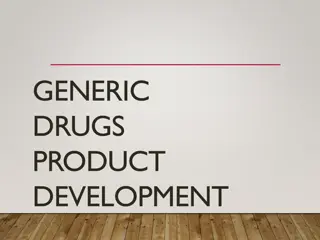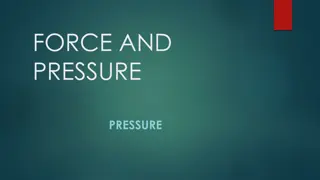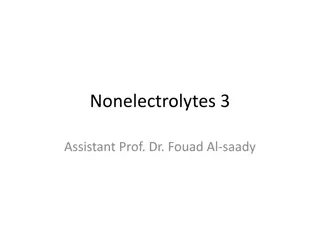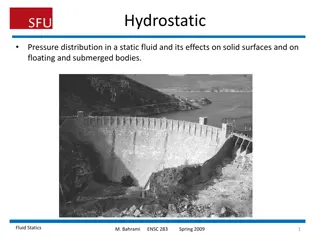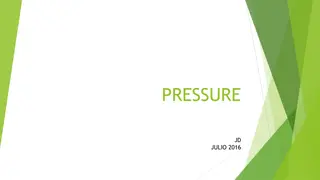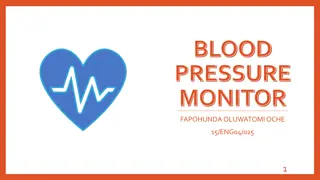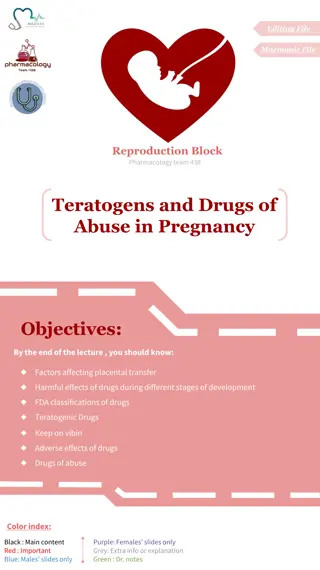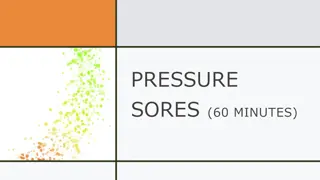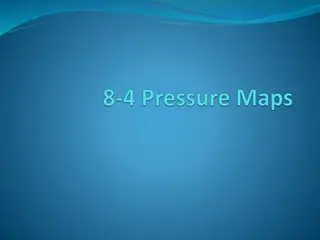Production of drugs under pressure
The study explores drugs under pressure, focusing on their classification based on physicochemical properties and dispersed phase particles. It delves into the components used in aerosol production, including propellants and chemicals, with detailed insights into propellant types and their characteristics.
Download Presentation

Please find below an Image/Link to download the presentation.
The content on the website is provided AS IS for your information and personal use only. It may not be sold, licensed, or shared on other websites without obtaining consent from the author.If you encounter any issues during the download, it is possible that the publisher has removed the file from their server.
You are allowed to download the files provided on this website for personal or commercial use, subject to the condition that they are used lawfully. All files are the property of their respective owners.
The content on the website is provided AS IS for your information and personal use only. It may not be sold, licensed, or shared on other websites without obtaining consent from the author.
E N D
Presentation Transcript
Odessa National Medical University Faculty of Pharmacy Department Technology of Drugs Production of drugs under pressure Senior Lecturer, PhD ZamkovayaA.V. Odessa -2020
Pharmaceuticals under pressure - preparations in which the active and auxiliary substances are under the pressure of a propellant gas (propellant) in an aerosol can, hermetically sealed with a valve. Preparations from aerosol packaging are obtained in the form of liquid and solid particles, foams and films dispersed in a gas medium. They are intended for inhalation, application to the skin, introduction into the body cavity, etc. 2
There are several classifications of drugs under pressure: 1) Depending on the physicochemical properties of the composition, they are classified into two- and three-phase systems. 2) Depending on the size of the dispersed phase particles, they are divided into spray, shower and foam. 3) Depending on the application, aerosols are medical and pharmaceutical. 3
A large number of different chemicals are used to produce aerosols. All of them can be divided into three main groups: active, auxiliary substances (solvents, fragrances, emulsifiers, solubilizers, preservatives, consistency substances, etc.) and propellants. One of the main components during aerosol production is evacuation gases - propellants, which create increased internal pressure. 4
Depending on the saturated gas pressure, propellants can be divided into: 1. basic, capable of independently creating a pressure in the package of at least 2 atm., 2. auxiliary, creating a pressure of less than 1 atm. Depending on the state of aggregation, propellants are divided into three groups: 1.Liquefied gases: A) Organofluorine compounds (fluorine- and fluorochlorocarbon - freons) The disadvantage of freons is their instability to moisture: even a small amount of water, in contact with freons, causes their rapid hydrolysis. 5
B) Paraffinic hydrocarbons (propane, butane, isobutane, etc.). In comparison with freons, they are stable in aqueous media, lighter than water, therefore it is rational to use them for spraying water- based preparations. However, the flammability of paraffinic hydrocarbons does not allow them to compete with preparations based on organic solvents. C) Chlorinated hydrocarbons (ethyl chloride, 1,1,1-trichloroethane, vinyl chloride, etc.). 6
2) Compressed gases - nitrogen, nitrous oxide, carbon dioxide. Compressed gases have a number of valuable properties, due to which they are used as propellants: chemical inertness, non-toxicity, low cost. However, the pressure in the cylinder drops as a result of the release of the product, which leads to incomplete use of the drug. In addition, due to the pressure drop, the characteristics of the jet (its intensity, humidity, degree of dispersion) change, which is an undesirable phenomenon for pharmaceutical aerosols. 3) Highly volatile organic solvents - methylene chloride, ethylene chloride, etc. 7
Aerosol packaging consists of a can, in the middle of which there is a concentrate and a propellant, hermetically sealed by a valve with a spray head A standard spray valve system has the following elements: 1. A standard spray valve system has the following elements: 2. The spray (nozzle) is used to actuate the valve and to spray the drug. 3. The stem is used to open and close the valve. The stem cavity is part of the expansion chamber. 4. The spring returns the stem to its original position to close the valve. 8
4. The collar seals the joints of the stem with the hole in the valve cup (capsule) and is a nipple that closes or opens the hole in the stem. 5. The body is the place where all the parts are collected, and its cavity is part of the expansion chamber. 6. The siphon tube serves to supply the contents from the bottom of the bottle to the valve. 7. The gasket seals the valve attachment points on the cylinder. 8. The cup (or capsule) is designed to assemble all valve parts and attach it to the cylinder. 9
Currently, 4 alternative directions of creating harmless evacuator (propellants) agents have been identified, new methods of spraying have been developed, and the existing designs of aerosol packages are being improved: conventional aerosol containers with fluorine-free propellants: saturated paraffinic methane hydrocarbons (propane, butane, isobutane) and compressed gases (nitrogen, nitrogen oxide, carbon dioxide, etc.); two-chamber cylinders, in which the propellant is separated from the product and does not enter the environment; packages with a mechanical pump-type spray; compressible polymer and other cylinders. 10
